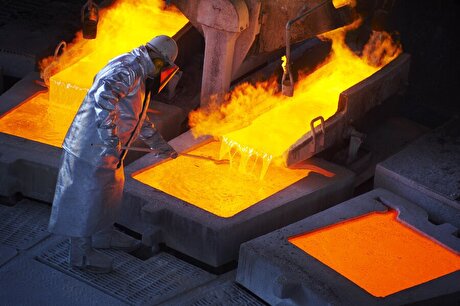
Iran’s Giant Pet-Chem Plant Posts Significant Rise in Production
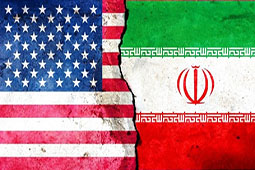
CEO of the Tondgouyan Petrochemical plant Seyed Reza Qassemi Shahri said on Monday that the company had boosted its output and its output exceeded the plant’s nameplate capacity in the first 7 months of the current calendar year.
According to the National Petrochemical Company (NPC), the company launched a project to enhance the output of its POLY H unit on Monday.
“The project is aimed at removing production bottlenecks and optimizing operation of the unit in terms of quality and quantity,” he said, adding that the project had brought the unit’s production capacity from 132,000 tons per year to 158,000 tons a year.
The official further said that nearly 700,000 man/hours had been spent for completion of the project, adding, “The plant’s output has increased year-on-year despite US sanctions on Iran.”
Qassemi Shahri said his company had defined over 25 environmental projects which were scheduled to come on stream from next year.
The Tondgouyan Petrochemical Plant is the largest supplier of PET (Polyethylene Terephthalate) in Iran.
Last month, Caretaker of the Planning and Development Management of the NPC Ali Asqar Goudarzi Farahani said that the country is expecting two leaps in its petrochemical production in 2021 and 2025 to hit the yearly output of 133 million tons in 5 years.
The diversity of petrochemicals produced in Iran is expected to be enhanced by 2025 as the country is planning to realize the sector’s second and third leaps by 2025, Goudarzi Farahani said.
According to the NPC, the official added that by the second and third petrochemical leaps in the country, Iran would expect to supply a wide variety of petrochemicals domestically.
The first leap of the industry took place in 2011 while the second and third leaps are planned to be realized by 2021 and 2025, respectively.
Goudarzi Farahani told NIPNA that the country’s production capacity would reach 100 mt/y by 2021 from currently 66 mt/y, adding that the sector’s output would reach 133 mt/y by 2025.
Furthermore, NPC considered feedstock supply to the plants as a priority, adding that the leaps would allow domestic production of key petrochemical data-x-items in the country.
“NPC, besides managing feedstock supply to petrochemical plants, concerns value-chain completion and curbing crude oil and gas sales while taking steps to diversify the petrochemical production mix of the country,” he added.
Two days earlier, Iranian Oil Minister Bijan Namdar Zanganeh had said that his country is working on the development of refineries and petrochemical complexes along Makran coasts, a region comprising about 1,500 km of shoreline along the Sea of Oman and the Indian Ocean.
Zanganeh had announced in mid-September that the country has made great progress in the production of different petrochemicals and will further expand its capacities in future.
In relevant remarks early in September, Iranian Government Spokesman Ali Rabiyee had also downplayed the effects of US sanctions against his country, stressing that Iran had many options for exporting its crude.
"Despite the espionage acts by Israel and the US, I clearly declare that we sell our oil as much as we need through planning," Rabiyee said.
He explained that Iran has 15 neighbors and is located in a region with many opportunities, and added, "We will be able to sell our oil through different methods and fortunately, there is good progress in advancing oil discoveries and plans."
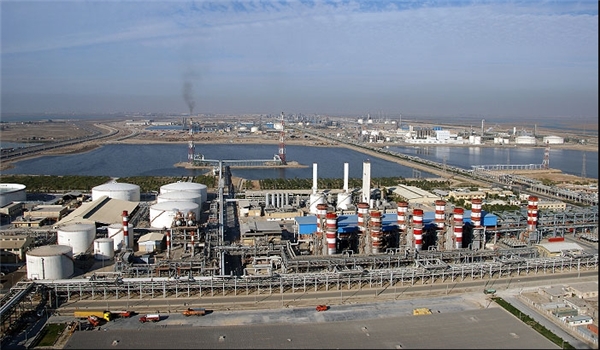


Trump weighs using $2 billion in CHIPS Act funding for critical minerals

Codelco cuts 2025 copper forecast after El Teniente mine collapse

Electra converts debt, launches $30M raise to jumpstart stalled cobalt refinery

Barrick’s Reko Diq in line for $410M ADB backing

Abcourt readies Sleeping Giant mill to pour first gold since 2014

Nevada army depot to serve as base for first US strategic minerals stockpile

SQM boosts lithium supply plans as prices flick higher

Viridis unveils 200Mt initial reserve for Brazil rare earth project
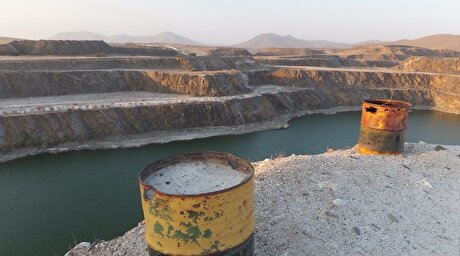
Tailings could meet much of US critical mineral demand – study
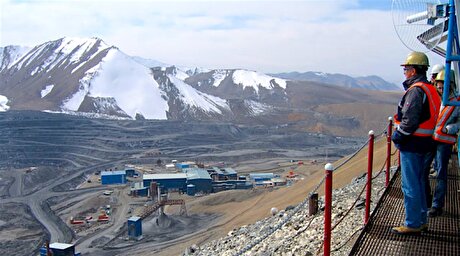
Kyrgyzstan kicks off underground gold mining at Kumtor
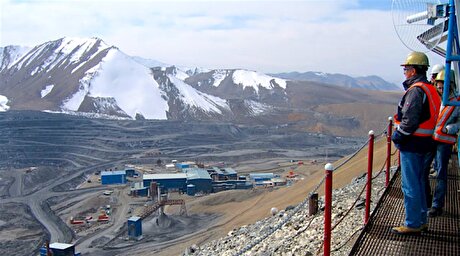
Kyrgyzstan kicks off underground gold mining at Kumtor
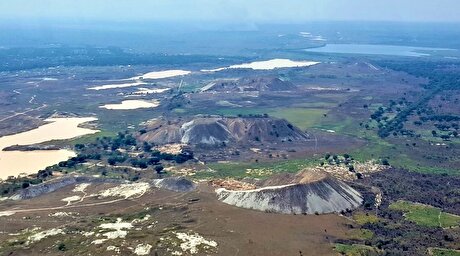
KoBold Metals granted lithium exploration rights in Congo
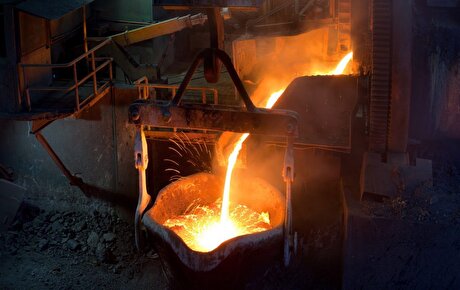
Freeport Indonesia to wrap up Gresik plant repairs by early September
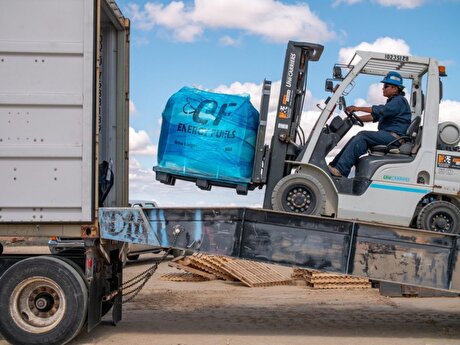
Energy Fuels soars on Vulcan Elements partnership
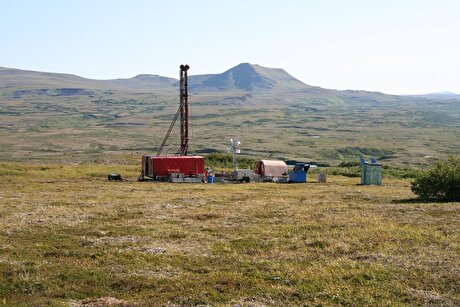
Northern Dynasty sticks to proposal in battle to lift Pebble mine veto

Giustra-backed mining firm teams up with informal miners in Colombia
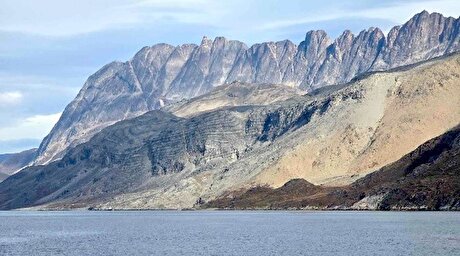
Critical Metals signs agreement to supply rare earth to US government-funded facility

China extends rare earth controls to imported material
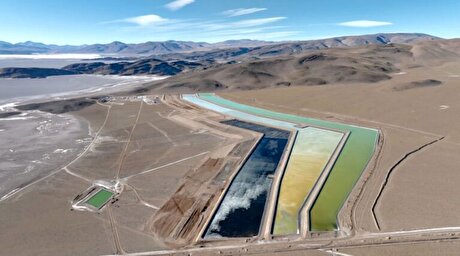
Galan Lithium proceeds with $13M financing for Argentina project

Kyrgyzstan kicks off underground gold mining at Kumtor

Freeport Indonesia to wrap up Gresik plant repairs by early September

Energy Fuels soars on Vulcan Elements partnership

Northern Dynasty sticks to proposal in battle to lift Pebble mine veto

Giustra-backed mining firm teams up with informal miners in Colombia

Critical Metals signs agreement to supply rare earth to US government-funded facility

China extends rare earth controls to imported material

Galan Lithium proceeds with $13M financing for Argentina project
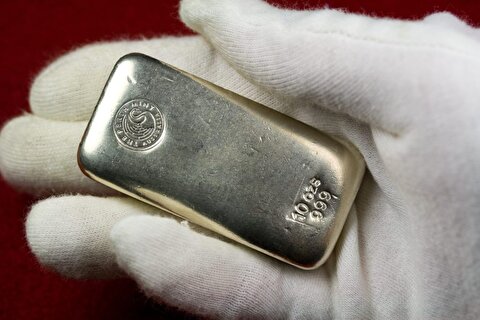
Silver price touches $39 as market weighs rate cut outlook

